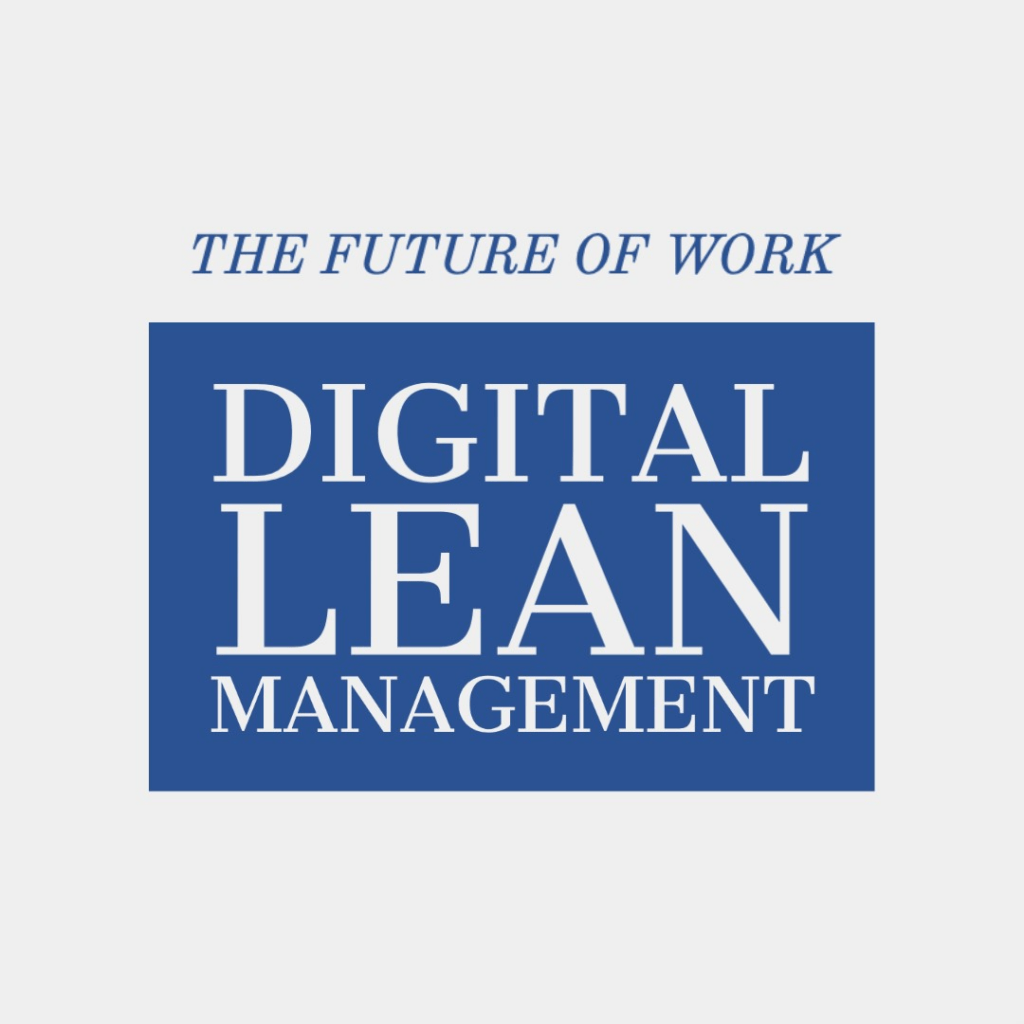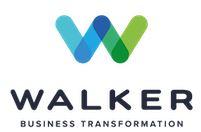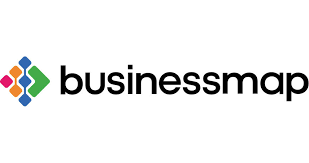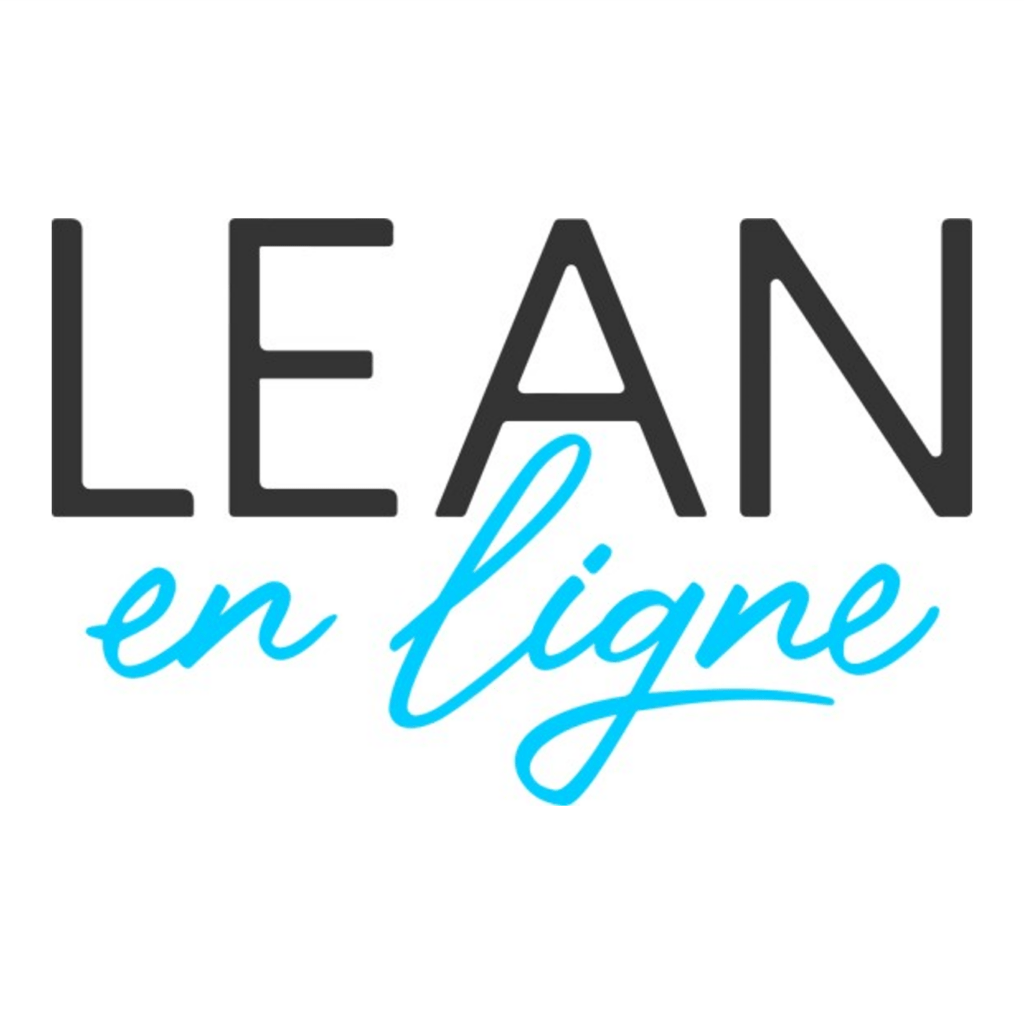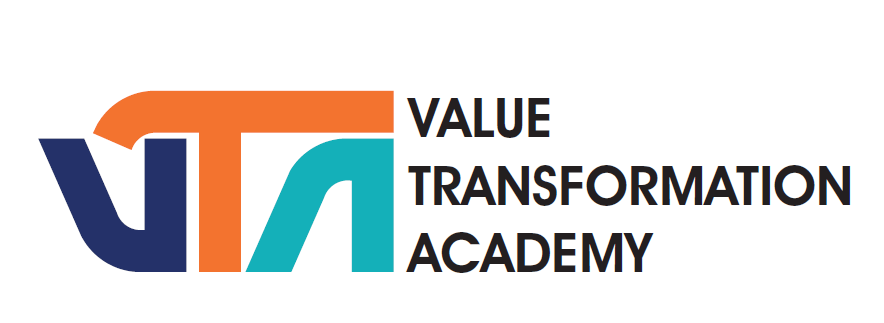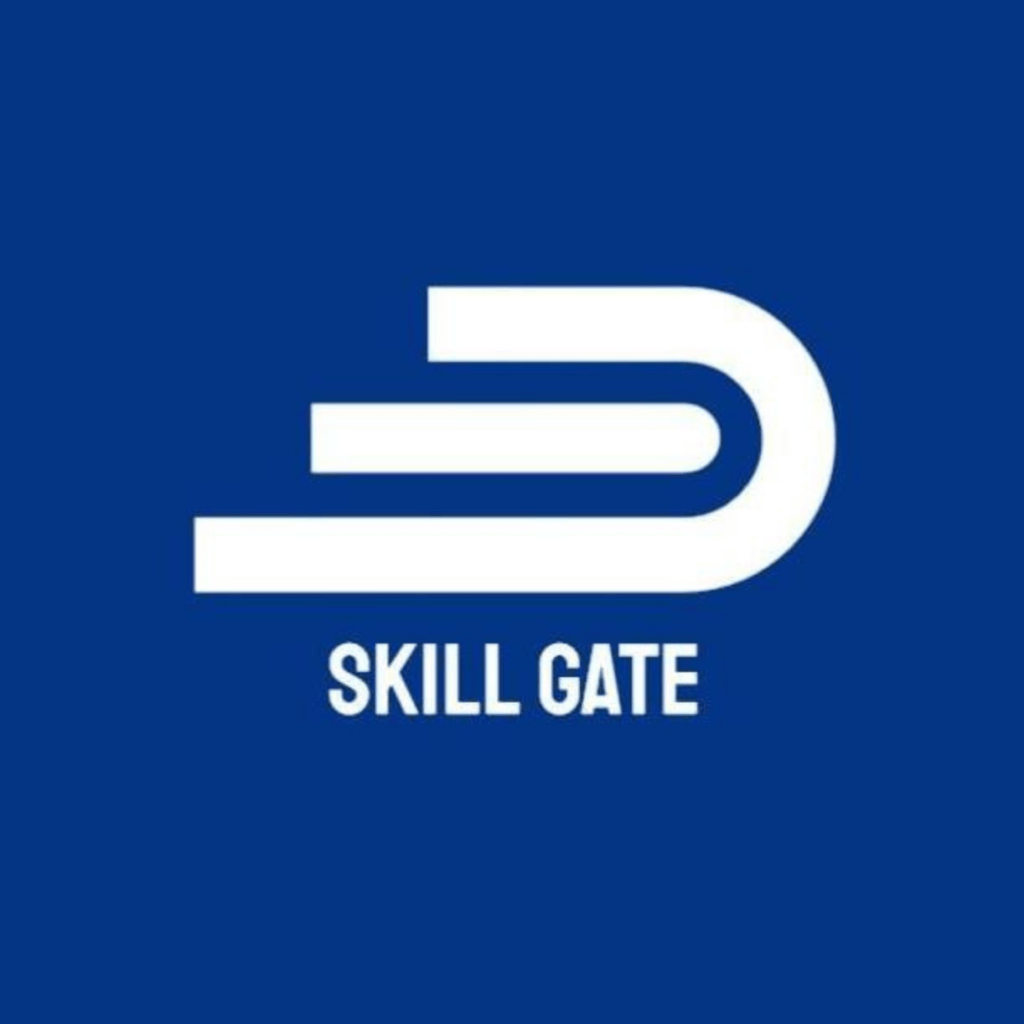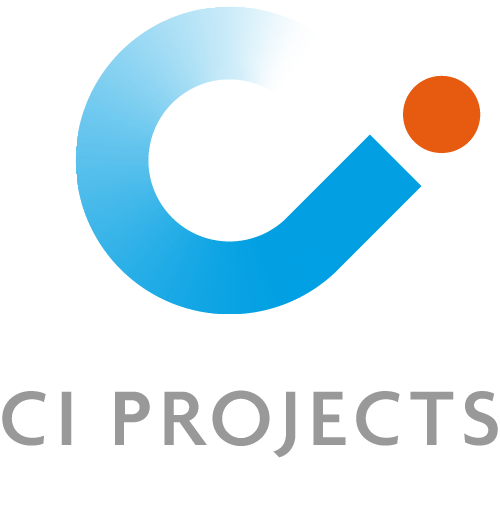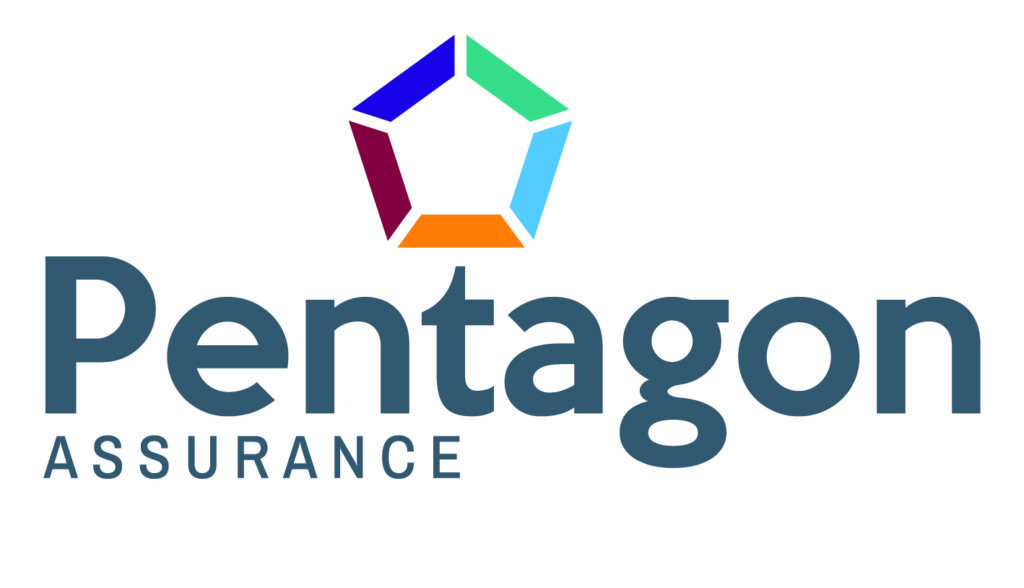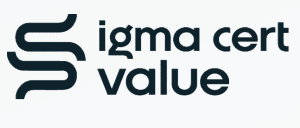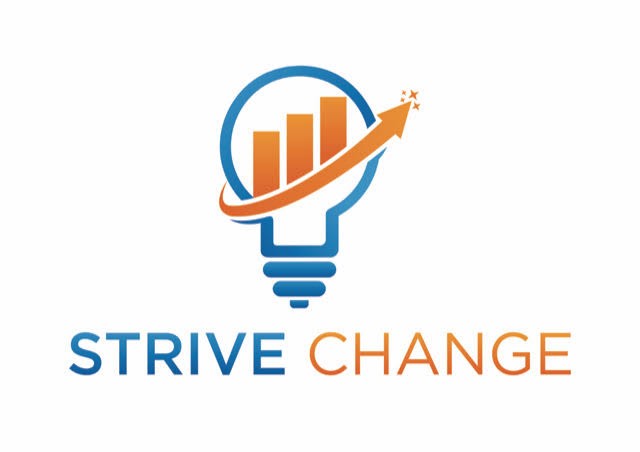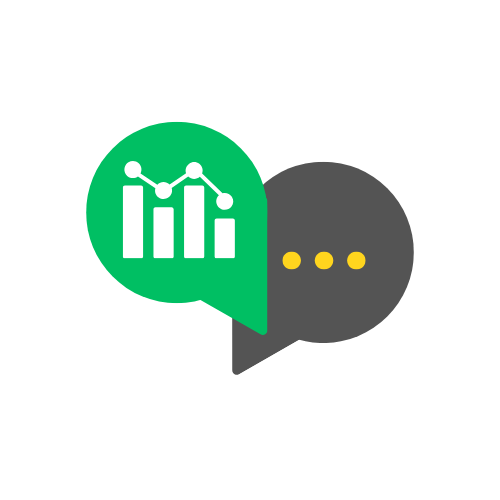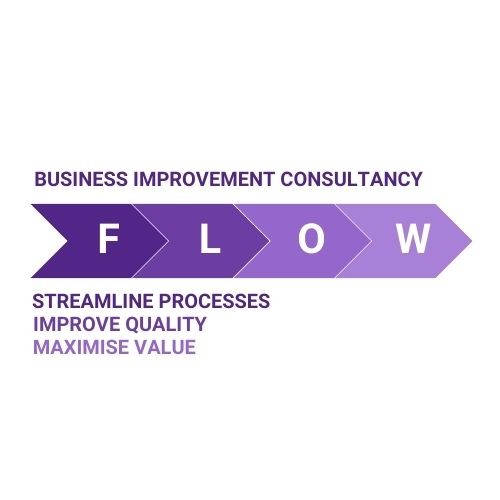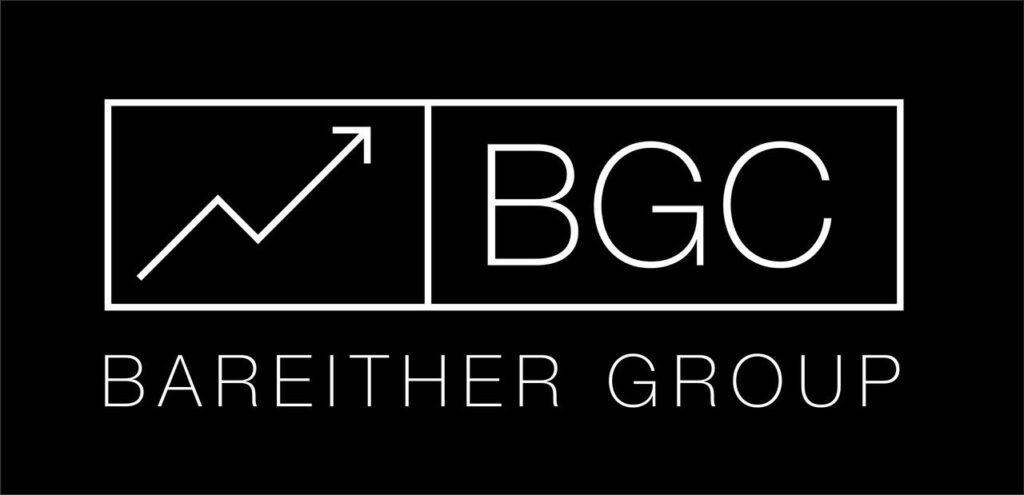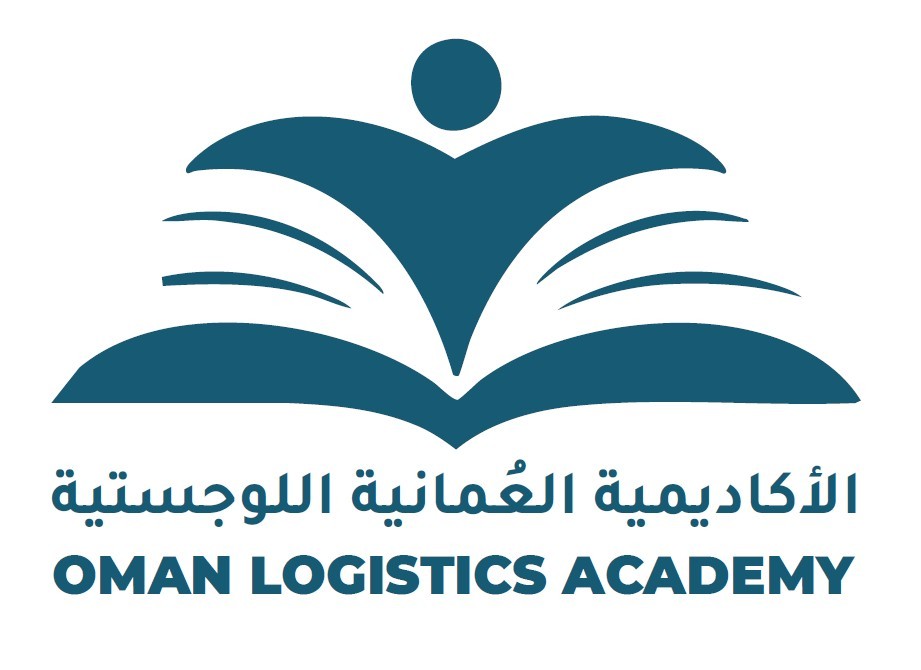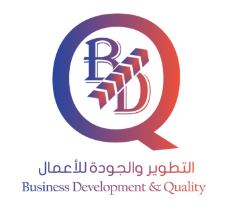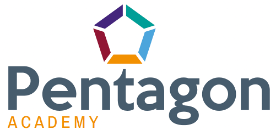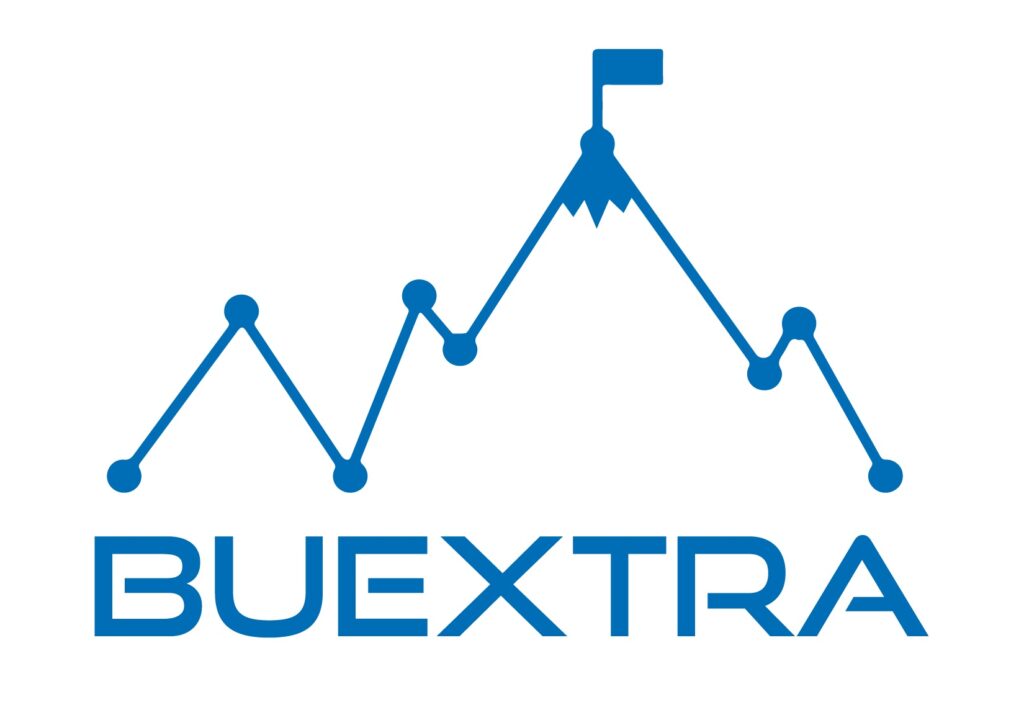Mastering Collaboration in Hybrid Teams with Lean Six Sigma: Your Roadmap to Seamless Integration
Revolutionize Hybrid Work with Lean Six Sigma
The rise of hybrid work models has redefined workplace dynamics, blending remote and in-office operations to offer flexibility and cost efficiencies. While these benefits are transformative, hybrid models often introduce unique communication challenges that can hinder productivity.
Leveraging Lean Six Sigma—a methodology centred on efficiency and waste reduction—offers a strategic pathway to overcome these obstacles. This guide will explore actionable approaches to implementing Lean Six Sigma in hybrid environments to eliminate communication bottlenecks and drive success.
Understanding Communication Barriers in Hybrid Workplaces
Hybrid work introduces complexities due to geographical dispersion, heavy reliance on technology, cultural differences, and limited visibility. Employees working across different time zones often face delays in coordination, while digital tools, although essential, can lead to fragmented communication. Moreover, generational and cultural diversity may cause misunderstandings in expectations and norms.
Actionable Insight: Conduct regular team surveys to pinpoint specific communication pain points. Tools like Slack or Microsoft Teams can be optimized for better collaboration by enabling features such as automated reminders for meetings or task updates.
Organizations can mitigate the inefficiencies that undermine Lean Six Sigma goals by addressing these barriers systematically,. Transparent communication, when seamlessly integrated, not only enhances collaboration but also drives the results Lean Six Sigma promises.
Leveraging Lean Six Sigma to Address Communication Barriers
Define and Align Processes
Clarity in roles and workflows forms the foundation for efficient hybrid work environments. The Define phase of the Lean Six Sigma DMAIC (Define, Measure, Analyze, Improve, Control) framework ensures every stakeholder understands their responsibilities.
Action Plan: Develop a SIPOC diagram to map out processes, key inputs, and outputs. This tool provides a comprehensive view, eliminating ambiguities. For instance, a sales team could use a SIPOC diagram to outline client acquisition workflows, ensuring all team members—remote or onsite—know their part.
Measure and Analyze Communication Gaps
Understanding the root cause of communication issues is vital. Using Lean Six Sigma tools like Pareto charts or Ishikawa diagrams helps uncover inefficiencies.
Action Plan: Conduct workshops or focus groups to analyze feedback from employees. For example, if project updates are inconsistent, identify whether the root cause is inadequate tool usage or unclear guidelines.
Standardize Communication Channels
Fragmented communication undermines productivity. Standardizing tools and processes ensures consistency.
Action Plan: Use centralized platforms like Asana or Jira to manage tasks and update progress. Kanban boards, for instance, can visualize project workflows, keeping all team members informed in real-time.
Fostering a Culture of Continuous Feedback
Lean Six Sigma thrives on iterative improvements. Creating a feedback-driven culture ensures hybrid teams continuously refine their communication strategies.
Action Plan: Schedule regular retrospectives to evaluate and improve communication methods. A marketing team, for instance, could hold weekly meetings to discuss campaign progress, incorporating insights from both remote and in-office members.
Structured feedback loops foster inclusivity and transparency, making every team member feel valued and aligned with organizational goals.
Case Study: Lean Six Sigma in a Hybrid Marketing Team
A global marketing team experienced delays in campaign execution due to misaligned workflows. By applying Lean Six Sigma, they achieved remarkable results:
- Defined Processes: A SIPOC diagram clarified roles and responsibilities.
- Measured Gaps: Surveys revealed approval delays as a bottleneck.
- Standardized Tools: They consolidated communication on a single platform, Slack.
- Visualized Progress: A Kanban board tracked tasks and deadlines.
- Feedback Loops: Quarterly retrospectives highlighted emerging challenges.
The outcome? A 20% reduction in campaign turnaround time and improved team synergy.
Best Practices for Driving Lean Six Sigma in Hybrid Workplaces
To effectively implement Lean Six Sigma in hybrid environments:
- Leadership Buy-In: Leaders should model and support Lean Six Sigma initiatives.
- Training: Equip employees with tools and techniques through tailored workshops.
- Adaptability: Customize processes to meet hybrid work requirements.
- Technology Integration: Leverage collaborative tools like Google Workspace.
- Employee Involvement: Engage employees in identifying and resolving communication issues.
How AI Can Facilitate Lean Six Sigma in Hybrid Workplaces
Artificial intelligence amplifies Lean Six Sigma’s impact by automating processes, analyzing data, and enhancing communication.
• Data Analysis: AI identifies inefficiencies through real-time analytics.
• Automation: RPA tools streamline repetitive tasks, boosting productivity.
• Predictive Insights: AI forecasts challenges, enabling proactive solutions.
• Communication Enhancements: AI-driven chatbots ensure seamless communication.
Action Plan: Implement AI tools that has automation features to reduce manual workload and improve alignment across hybrid teams.
Driving Lean Six Sigma in hybrid workplaces is a strategic necessity for modern organizations. By addressing communication barriers through structured processes, standardized tools, and a culture of feedback, businesses can unlock the full potential of their hybrid models.
Lean Six Sigma isn’t just a methodology; it’s a transformative approach that ensures hybrid workplaces operate at peak efficiency.

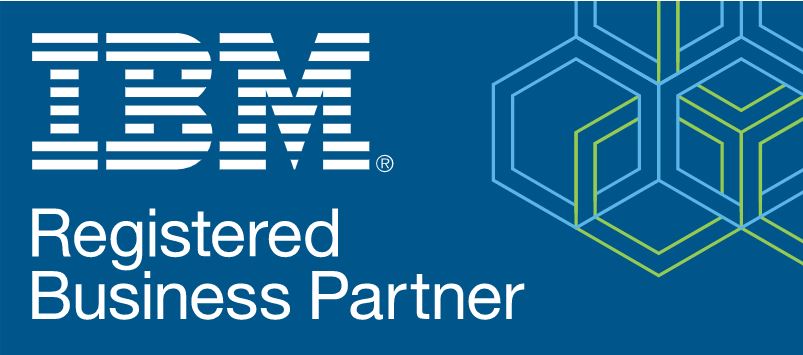
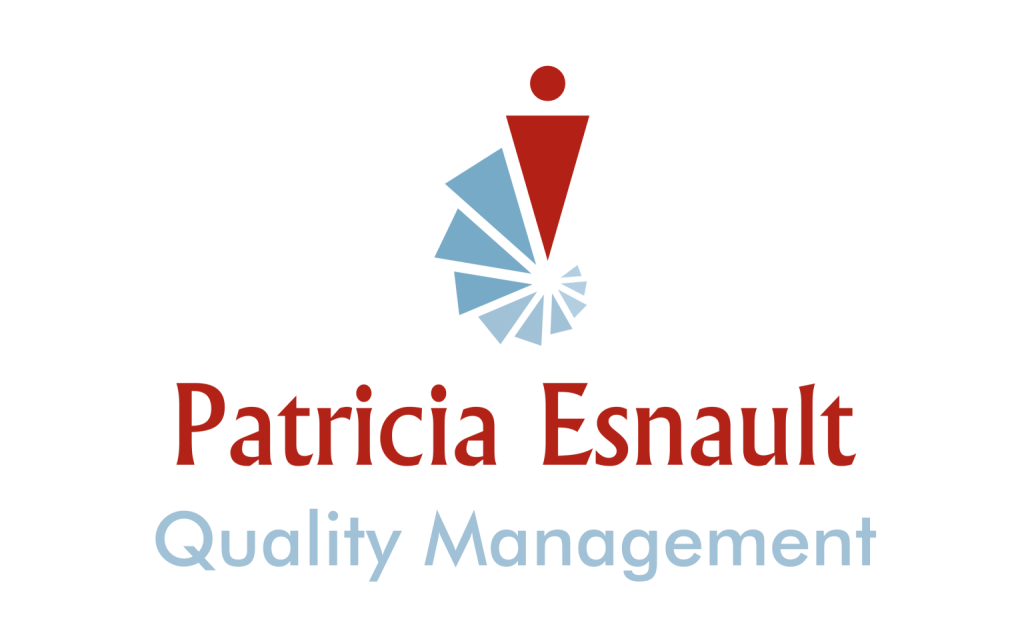

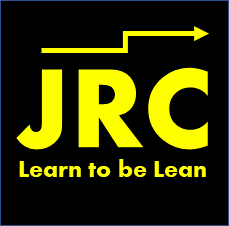
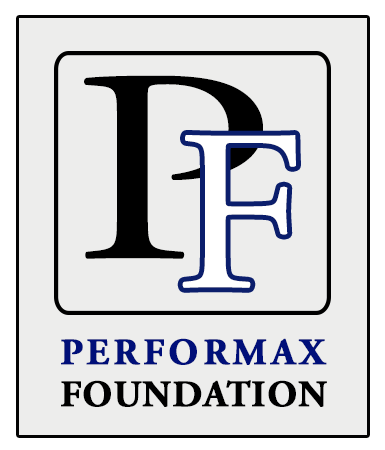

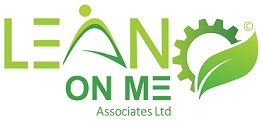






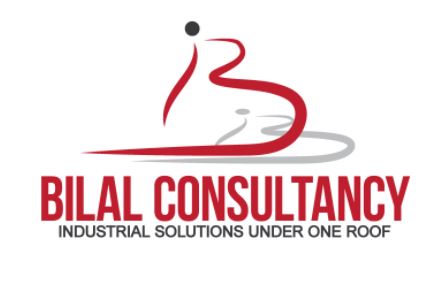
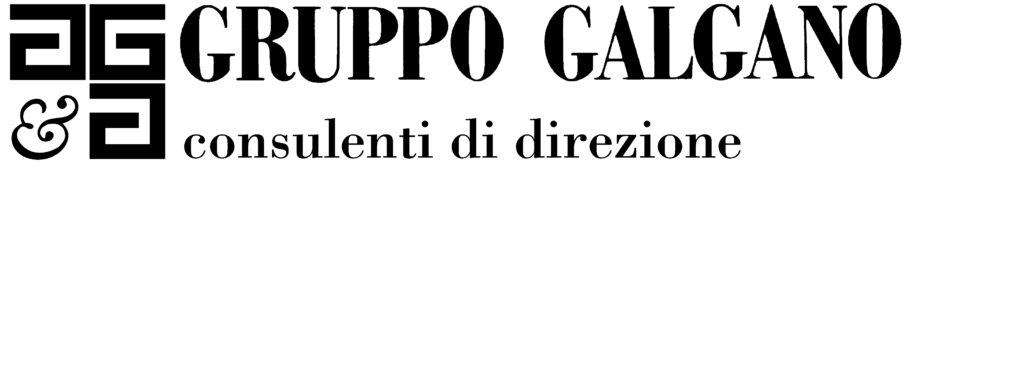



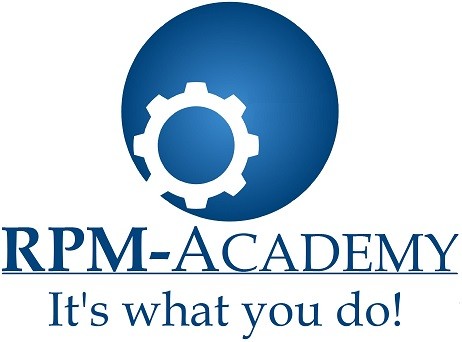
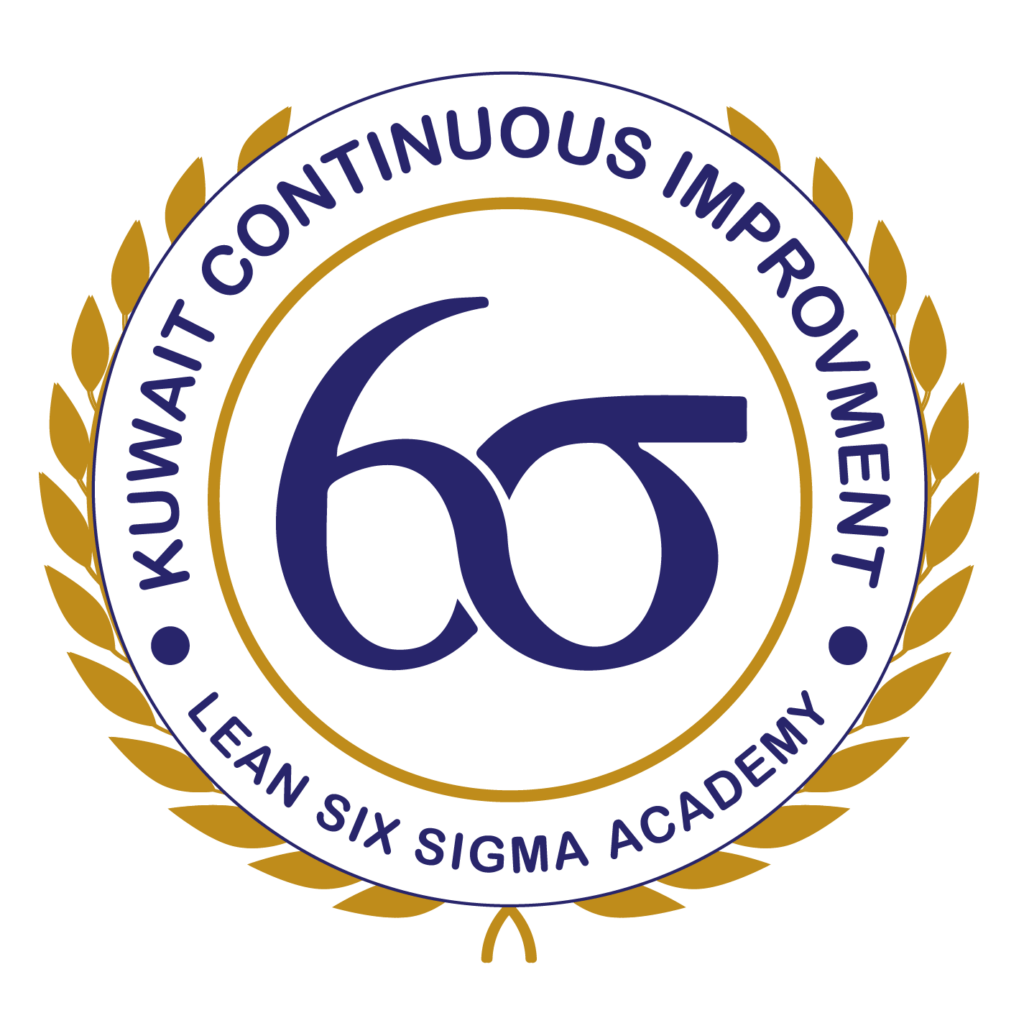

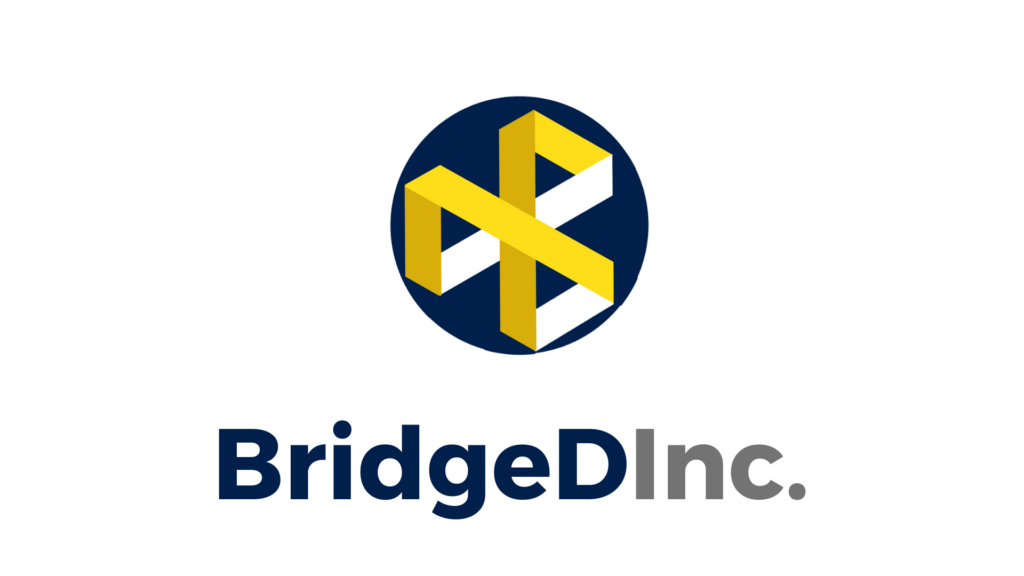

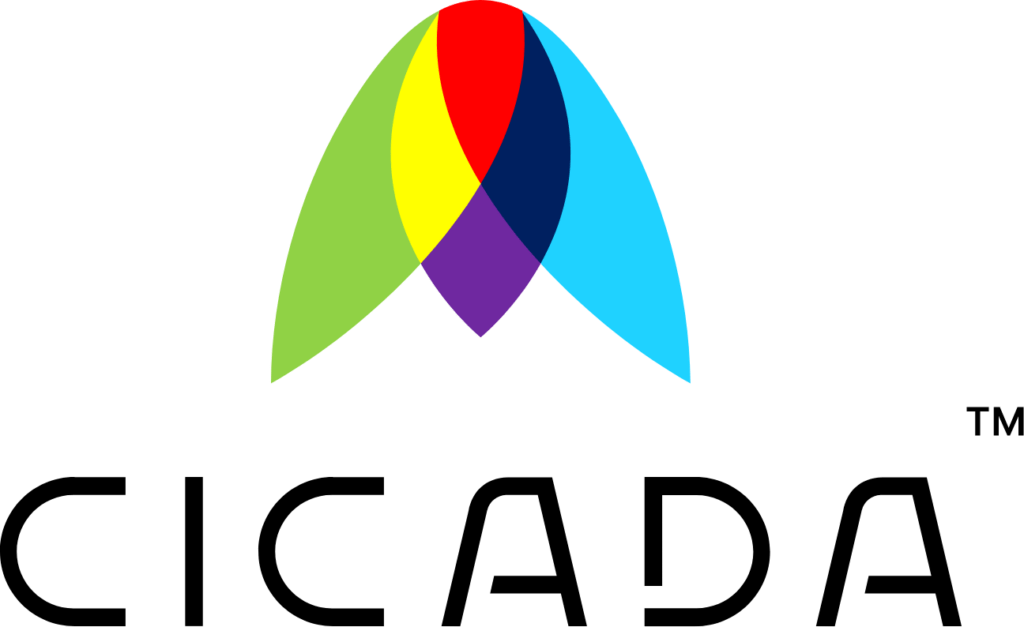

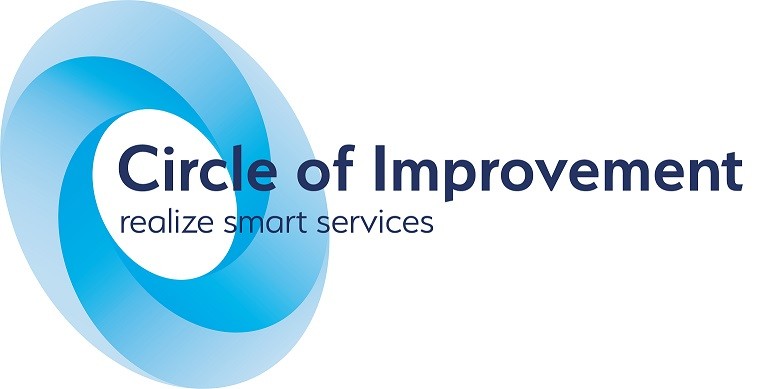



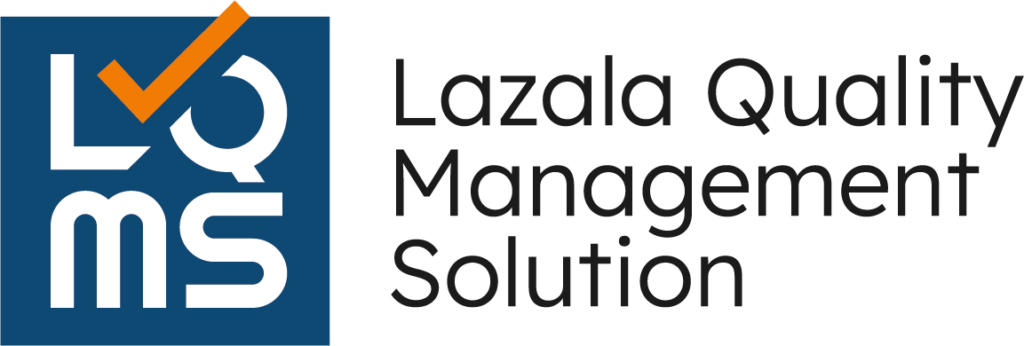

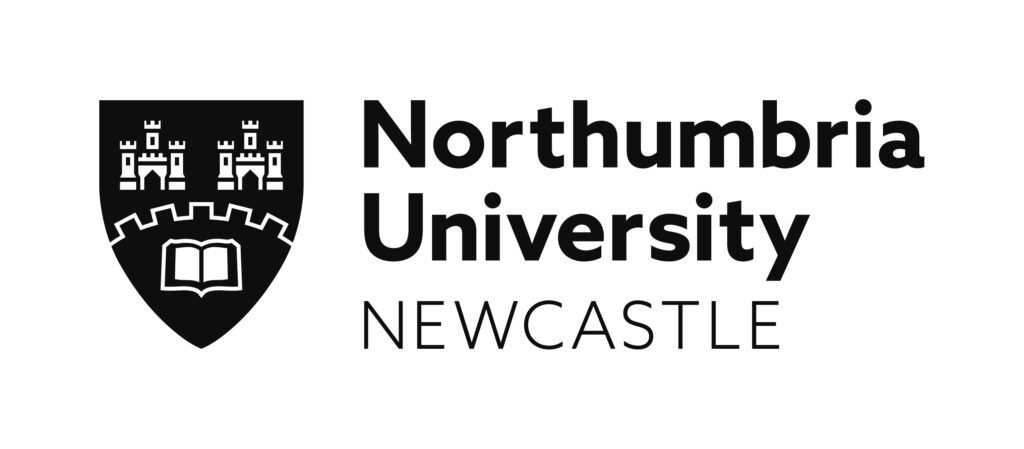
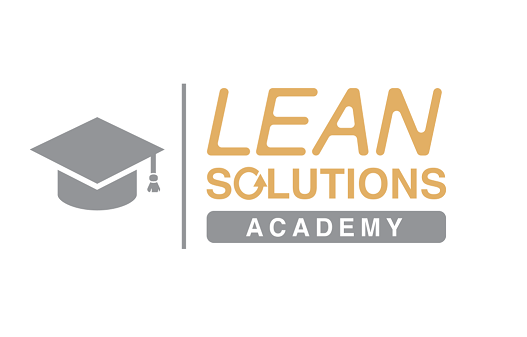

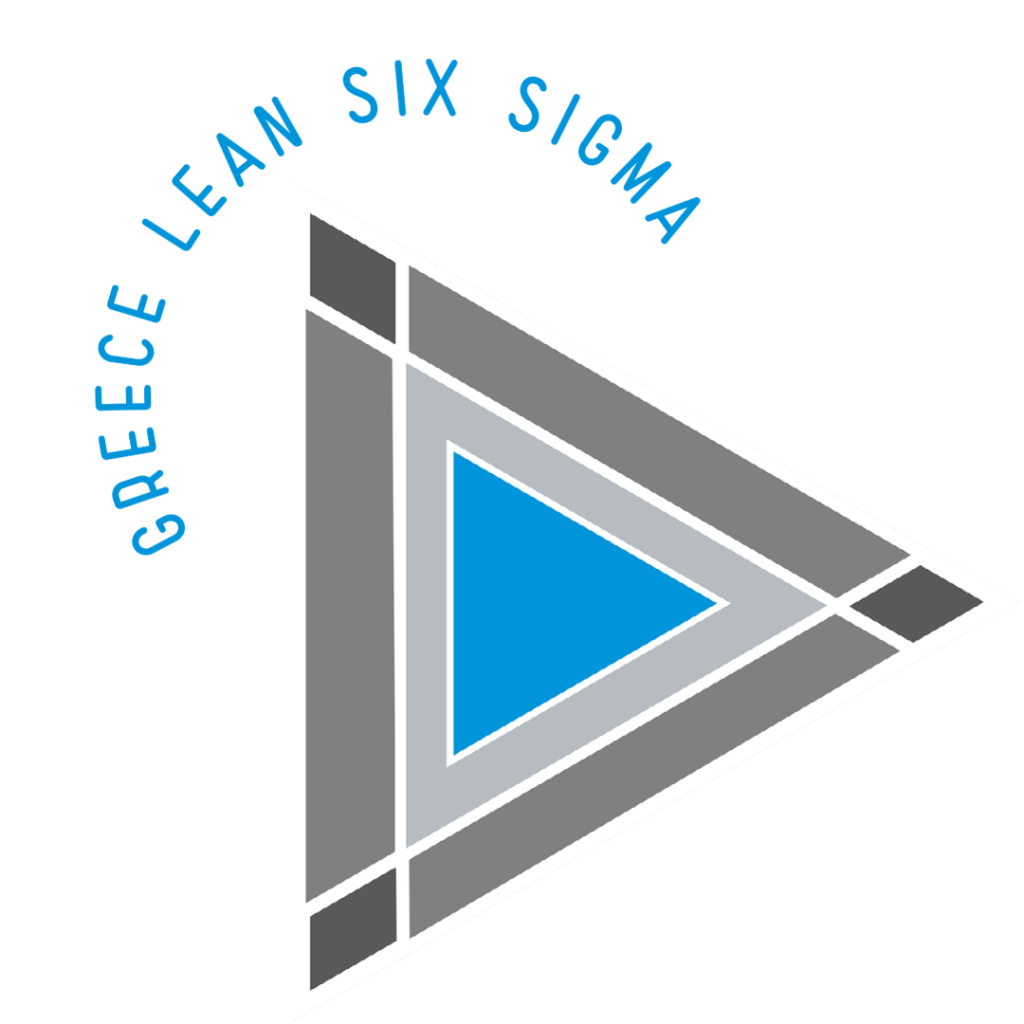
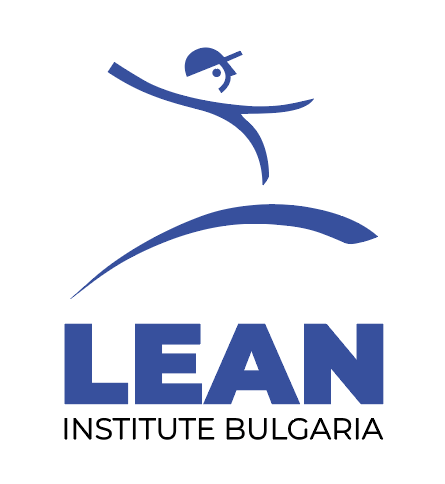

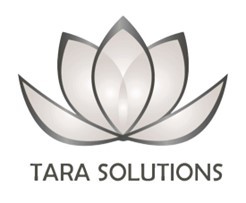
![UCOURSE.ORG [UCOURSE Academy] was established in Hong Kong in 2019 (company name: UCOURSE LTD), dedicated to providing high-quality online courses and courses for Chinese people in China, Hong Kong, and even all over the world. UCOURSE.ORG 【优思学院】于2019年成立于香港(公司名称:优思学院有限公司 / UCOURSE LTD),致力于为中国、香港、以至身处于全球各地的中国人提供优质的线上课程和考试认证,促进全国的人材培育、个人的职业发展,让学员在事业上事半功倍,同时助力国家的未来的急促发展。](https://ilssi.org/wp-content/uploads/2021/02/ucourse-logo-250.png)

